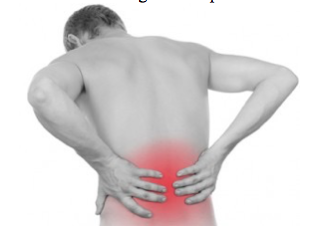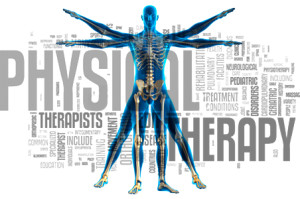
Back injuries occur at a staggering level in the United States. It is estimated that there are over one million back injuries per year and that 8 out of every 10 individuals will suffer a back injury at some point in their life. Once you’ve experienced a back injury, statistics indicate approximately a 90% re-occurrence rate. Back injuries can be very painful and debilitating. They can not only cause back pain but radiating leg symptoms as well. They can affect every aspect of a person’s life from leisure activities, household chores, work, sleep and self care. There are many causes and combination of causes for back injuries and back pain. These include muscle sprains and strains, disc injuries, arthritis, inflammatory processes, poor posture, poor body mechanics, stress, and de-conditioning.
Continue reading Chiropractic & Physical Therapy: Hand in Hand at Progressive Spine & Rehab


